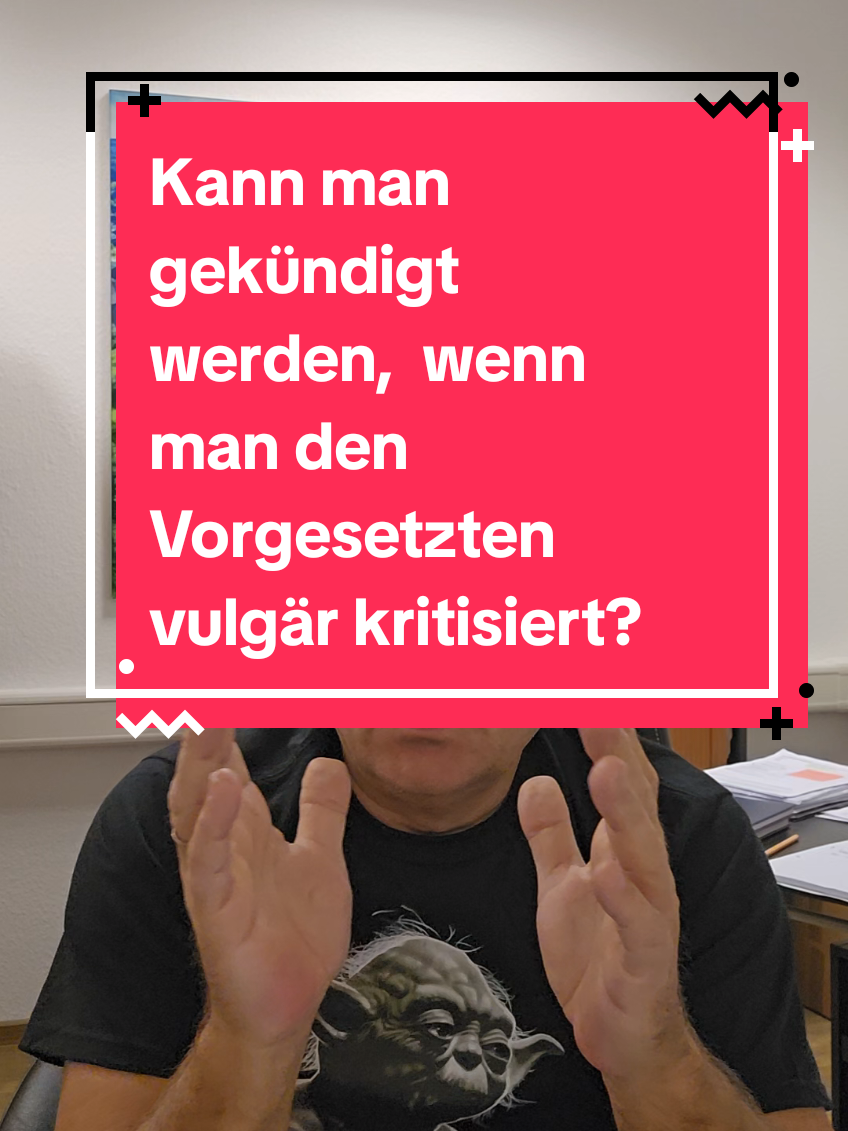Касирка в темі 😎
Region: UA
Wednesday 06 August 2025 06:35:35 GMT
22979
301
2
203
Music
Download
Comments
Іруся :
🔥🔥🔥🔥 10000 из 10
2025-08-27 17:47:41
1
yakimets16 :
😂😂😂
2025-08-15 15:18:51
0
To see more videos from user @innka_borodina, please go to the Tikwm
homepage.





